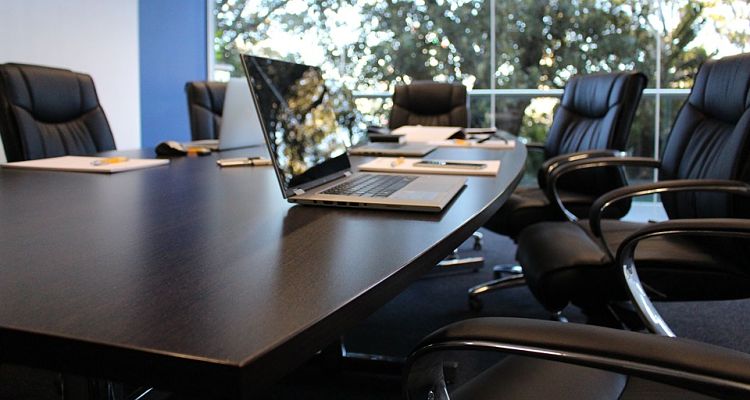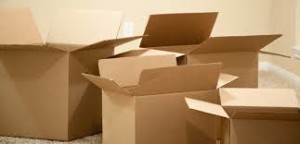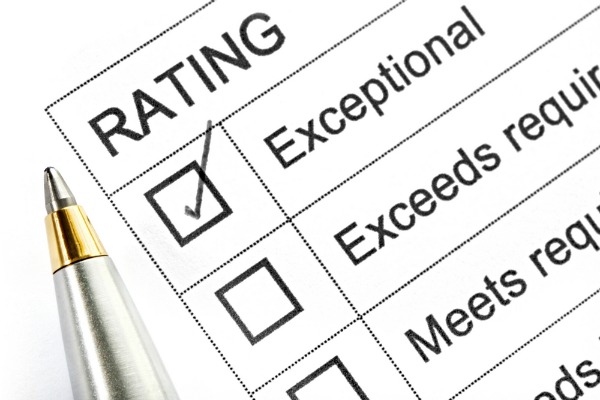
 Most employers require employees to handle the grunt work when it comes to relocating offices. This is a hard and thankless job, but as the saying goes, somebody has got to do it. Before you go into full-on panic mode, remember that many an employee has handled the task that lay before you. Despite the seeming impossibility of completing this task on top of all your other duties, it can be done.
Most employers require employees to handle the grunt work when it comes to relocating offices. This is a hard and thankless job, but as the saying goes, somebody has got to do it. Before you go into full-on panic mode, remember that many an employee has handled the task that lay before you. Despite the seeming impossibility of completing this task on top of all your other duties, it can be done.
Now that you’ve realized your potential to get this move done, just follow our easy guide to make the process run smoothly.
Scope Out The New Spot
If at all possible, take a look at your new space or at the very least ask the boss for a blueprint or a generalized description. Knowing the lay of the land will assist you in planning exactly how you will want to configure your new office. It is a lot easier to know before a move how you plan on setting the office up, rather than trying to figure it all out on a moving day.
Consider If You’ll Need Any New Furniture/Decorations
When you find out exactly what your new space will be like, begin to anticipate what exactly you may or may not need in your new space. This may mean acquiring or discarding new furniture and decorations to fill in the space in the best way that fits your needs and tastes.
You may even want to get an outside opinion from a co-worker, significant other or friend to see if they have any ideas on how exactly you can maximize your space.
Pro tip: search on Pinterest or browse through IKEA to get awesome ideas on how to organize and decorate your office in fun, utilitarian and creative ways.
Have A Pow Wow With Your Boss
If your boss hasn’t taken the time to discuss the move with you, it is a good idea to schedule a meeting or shoot him an email. This will give you the time to get all the little details that you need to know before moving day. Find out when moving day is, what to take, where you are going, etc. This will also give your boss a chance to remind you of any important things they forgot to mention to you about the move.
Pack The Non-Essentials
Decorations, pictures, plants, and other unnecessary items should be the first things that you pack away. In fact, the day that you find out you are going to move offices is a good day to get this done. Store the items away in a safe place until you find out if the new office will have room for them or not. You may even take this time to consider whether you want to decorate your office differently than the old one.
 Pack Up the Filing Cabinets
Pack Up the Filing Cabinets
The great thing about filing cabinets is that everything should be organized in such a way that you can just put it into boxes. However, if you have some unfinished filing, it is a good idea to get it out of the way before you move to make sure nothing gets lost in the shuffle. It is also wise to make sure that there is enough room for all the files you have in your new office; if not, you will need to broach the topic with your boss.
Packing Computers and Monitors
Moving electronic equipment like computers and monitors is among the most crucial steps in moving an office. These devices are frequently delicate and are easily damaged when being moved. It’s crucial to take specific precautions to make sure they are transported securely. This may entail disconnecting all cords and cables, backing up all crucial data and files to the cloud or an external hard drive, and covering the devices in bubble wrap or soft sheets.
Back-Up Your Viral Data
Create a replica of your hard disk and back up all vital data on your computer. You can then duplicate your current hard drive on a new system in case something happens to your computers while they are in transit. To reduce the workload, you might want to scan some files to make them digital and destroy the paper copies.
Lastly, The Desk
Depending on how organized you are, this task can either be tremendously easy or horrifically difficult. If your desk is organized, then you can easily pack everything neatly into boxes to be moved. If your desk isn’t organized, we recommend getting everything in working order first, then boxing it. Having everything orderly when you box up the desk makes it about one thousand times easier when it comes to unpacking.
New Office Floor Plan
Establish the locations of the common areas, the seating areas for employees, and the furnishings and equipment for the office. In order to determine where to place the tech equipment, if at all possible, locate the power outlets.
New Office Setup
Once the office has been moved, evaluate the move’s success and make sure everything is where it should be. Compare the positions of the office’s equipment and furniture to the original drawings. Now is the moment to make any corrections if there was any miscommunication during the relocation that led to an item being misplaced.
To make sure everything is organized, check with the department heads who were in charge of managing the relocation in their respective areas. Inquire about the satisfaction of the staff with the new setting and fix any issues.
Additionally, this is the perfect time to assess your new space and add more aesthetic accents. Extra chairs and plants can be placed in empty spots to offer comfort.
Don’t Freak Out
A lot of people get really stressed over small problems like having to move offices. Try to put how small the problem is into perspective and look on the bright side. This move will be over before you know it!
Celebrate
Everyone who moves an office has stress, even your staff. They merit a break and appreciation for their efforts. Plan a little celebration after the move as a “thank you” for everyone’s cooperation in making it happen and to celebrate your new place. Even a midday celebration luncheon sometime in the first week after relocating will remind your workers how much you value their assistance and welcome exciting things at the new workplace. You don’t have to be entirely set up yet, and it doesn’t have to be something spectacular.





Leave a Comment